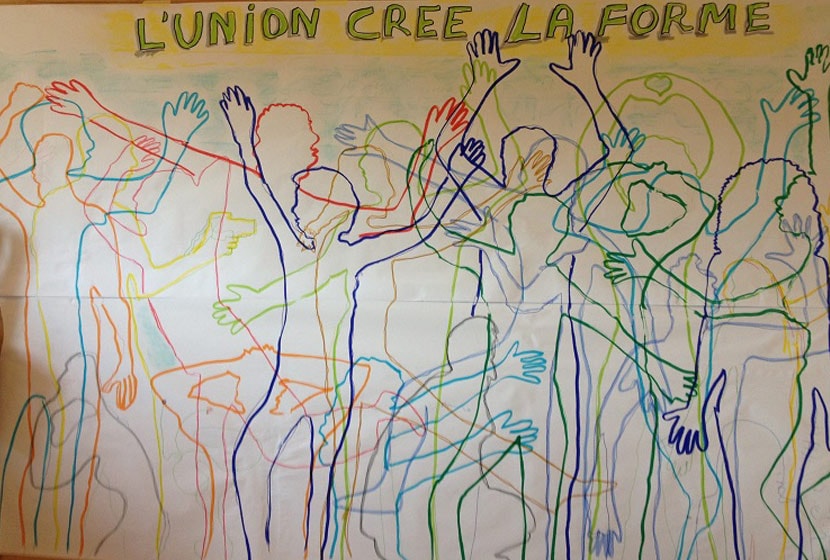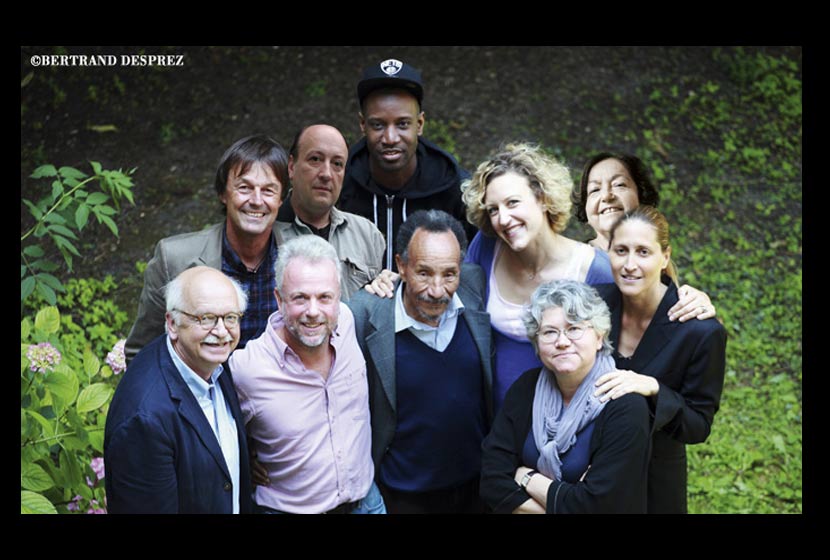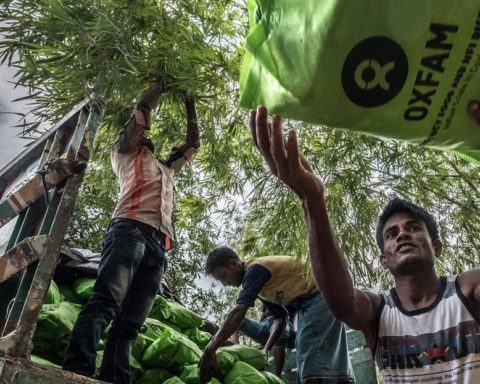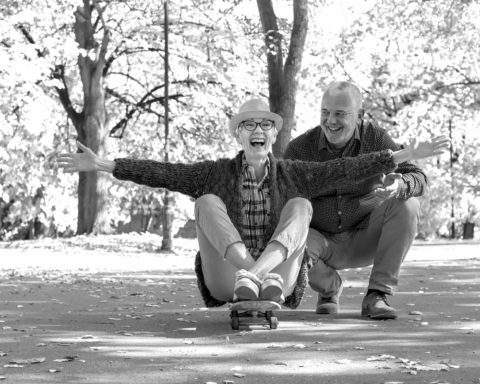The OECD's "How We Lived" report shows the progress made over 200 years in some key dimensions of well-being. This new report, published by a consortium of economic historians (CLIO-INFRA) and produced in collaboration with the OECD and its Development Centre, shows that, in general, well-being has improved since the beginning of the 20th century in a large part of the world's countries.
Did you know that life expectancy in the world rose from less than 30 years in 1880 to nearly 70 in 2000? Did you know that less than 20% of the world's population was literate around 1820, whereas in 2000 the literacy rate reached nearly 80%? The new report "How was life? "presents the first systematic evidence on long-term trends in global well-being since 1820 for 25 major countries and 8 regions in the world covering more than 80% of the world's population. It not only shows the data, but also examines the underlying sources and their limitations, paying attention to national averages and inequalities, and highlighting future directions for research.
The report "How did we live? Global well-being since 1820" shows that, with the exception of sub-Saharan Africa, inequalities between countries have generally declined more markedly in terms of well-being than in terms of GDP per capita - particularly in recent decades.
For the first time, a report presents systematic data on trends in health, education, inequality, environment and human security over the past 200 years.
Drawing on a considerable amount of long-term historical data, "How did we live" makes a key contribution to the debate on the link between well-being and economic conditions.
Historical data cover real wages, GDP per capita, educational attainment, life expectancy, height (chosen as a representative indicator of health status and nutritional quality), personal security, political institutions, environmental quality, income and gender inequality. These themes echo those of the OECD's regular How's Life? reports on measuring well-being.
The report reveals that the wages of manual workers, adjusted for inflation, have increased about eightfold internationally since 1820, while GDP per capita has increased tenfold over the period. The largest increases have been recorded in Western Europe, North America, Australia, the Middle East and North Africa.
Income inequality declined between the late 19th century and about 1970, before rising sharply. In Eastern Europe, inequality rose sharply in the 1990s after the fall of communism. China has also recently been affected by this phenomenon. After 1980, the report shows that globalization has contributed to increasing income inequality within countries, but has also helped to reduce income disparities between countries.
In some areas, such as education and health, the statistical correlation with GDP per capita has gradually changed over time. As a result, some welfare outcomes have improved in several countries and regions despite stagnating GDP per capita.
In 1820, less than 20 % of the world's population could read and write. The literacy rate soared after 1945, reaching about 80 % in 2000.
While life expectancy was less than 30 years in 1880, it had risen to nearly 70 years in 2000. Medical advances have made it possible to improve life expectancy independently of changes in GDP per capita.
According to the report, there is only a weak correlation between a country's level of wealth and human security, as measured by homicide rates and exposure to conflict. In the United States, the homicide rate has remained relatively high throughout the past 200 years, while it is low in much of Asia.
The report also shows that significant progress has been made over the past 60 years in many countries in terms of gender equality. However, significant gaps remain between certain regions. For example, the greatest progress has been made in Western Europe and North America, although no country has yet achieved gender equality. Progress has been most limited in the Middle East, North Africa and South-East Asia.
How did we live? Global well-being since 1820, a collaboration between the OECD, the OECD Development Centre and the CLIO-INFRA project involving academic researchers, contains data covering 25 countries, eight regions of the world and the world at large.












